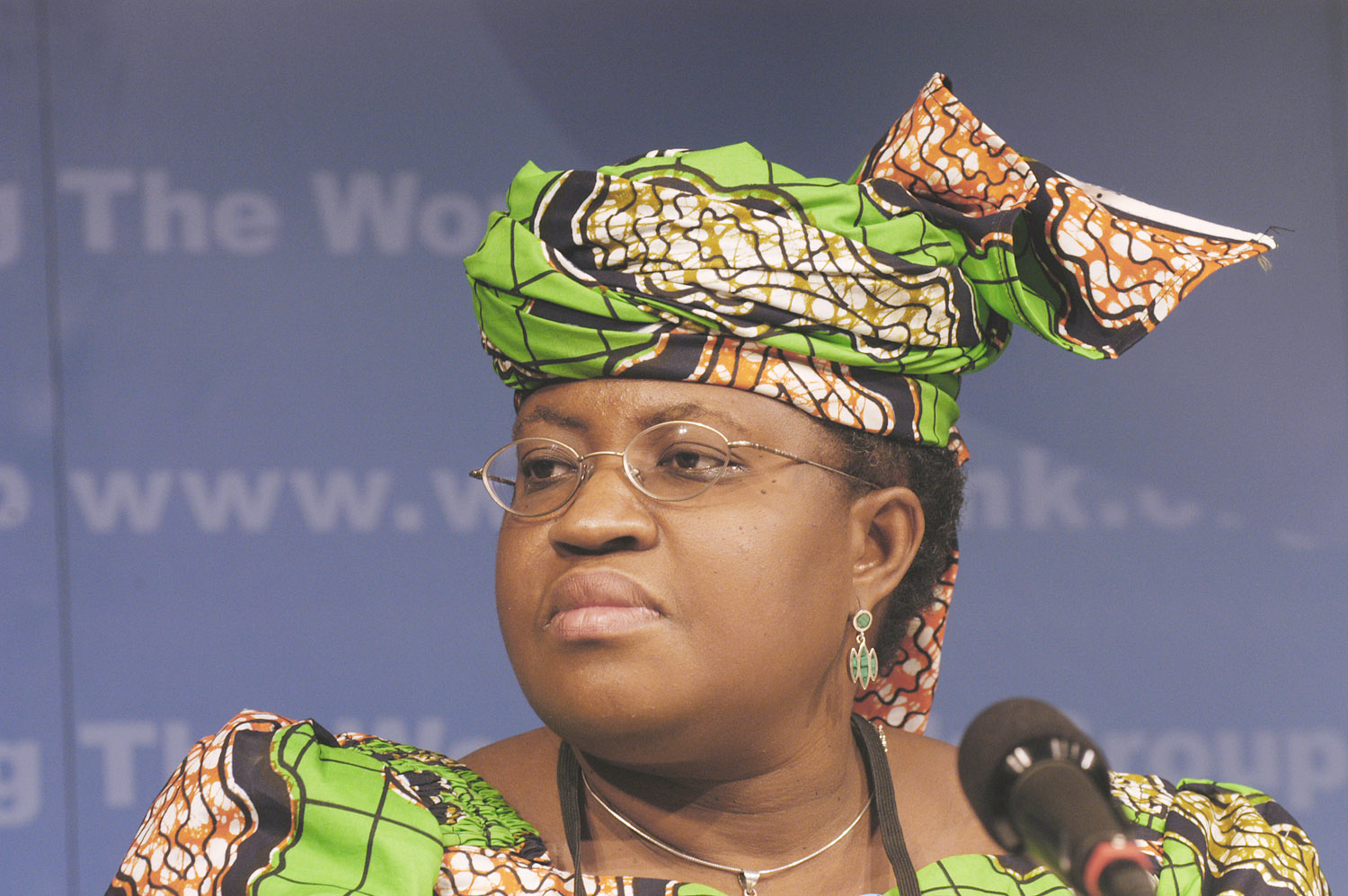Nigeria’s total external merchandise trade decreased to N6.29 trillion in the third quarter of the year compared to N6.65 trillion in the previous quarter, according to the National Bureau of Statistics (NBS).
The drop represents a shortfall of N359.6 billion or 5.4 per cent compared to second quarter results.
According to the Foreign Trade Statistics for the second quarter released on Sunday by the statistical agency, decreases in both imports and exports resulted in the fall in total trade.
Nevertheless, the Consumer Price Index (CPI), which measures inflation rate dropped further to 7.9 per cent in November compared to 8.1 per cent the previous month, according to the NBS.
Total exports in Q3 declined by N202.7 billion or 4.3 per cent to N4.4 trillion, while imports declined by N157 billion or 7.9 per cent to N1.8 trillion.
Notwithstanding, the balance of trade remained favourable at N2.6 trillion in the period under review.
The value of crude oil exports stood at N2.9 trillion, representing 65.4 per cent total export while the non-crude oil export stood at N1.5 trillion, accounting for the remaining 34.6 per cent of total exports.
According to the NBS, total trade grew by N641.6 billion or 11.3 per cent relative to N5.6 trillion in the corresponding quarter of 2013.
As in the previous quarter, India retained its position as Nigeria’s major export partner in Q3 accounting for N685 billion or 15.3 per cent of exports value, while Spain ranked second with N393.3 billion or 8.8 per cent of total export value; followed by the Netherlands with N374.2 billion or 8.4 per cent and Brazil, which accounted for N238.6 billion or 5.3 per cent as well as South Africa with N233.7 billion or 5.2 per cent in total exports
On the other hand, China, United States, Belgium, India and the Netherlands occupied the first five positions in terms of the greatest import values of N429.1 billion or 23.6 per cent; N183.3 percent or 10.1 per cent; N148.4 billion or 8.2 per cent; N106.5 pr 5.9 per cent and N94.1 billion or 5.2 per cent respectively.
Meanwhile, the NBS, in its latest CPI figures released yesterday, attributed the 0.2 per cent drop in inflation to slower pace of price increases in the Headline Index as a result of a slower rise in food prices as well as other divisions that yield index.
The Food index rose by 9.1 per cent (year-on-year) in November, down by 0.2 percentage points lower from 9.3 per cent in October.
It said: “The onset of the harvest season has continued to bring consumers a respite from higher food prices after food prices peaked in August.
Prices as measured by the food sub-index rose by 9.1 per cent in November, 0.2 percentage points lower from rates recorded in October.”
It is the third consecutive month advances in food prices had been relatively muted. While the majority of groups that contribute to the food index declined, price increases were observed in the vegetable and coffee, tea and cocoa groups. Meats increased at roughly the same pace relative to October, the NBS stated.
The Headline index rose by 0.59 per cent (month-on-month) in November, marginally higher from 0.51 in October, while “prices increased in most COICOP divisions that yield the headline index prices but eased in the education, restaurants and hotels, alcoholic beverages, and tobacco and narcotics divisions.”
Year-on-year, the pace of increase of both urban and rural prices also eased for the third consecutive month in November as Urban Composite CPI rose by 7.9 per cent, down by 0.2 percentage points from October, while the Rural Composite eased marginally, rising by 7.9 per cent in November.
However, urban prices increased at a faster pace in November by 0.6 per cent (month-on-month) relative to 0.5 per cent recorded in the previous three months.
The pace of increases in the Rural All-items index also picked up, increasing by 0.6 per cent, from 0.5 per cent in October.
According to the statistical agency: “After peaking in August this year at 10.0 per cent (year-on-year), the food index has continued to moderate. The Food index rose by 9.1 percent (year-on-year) in November, down by 0.2 percentage points lower from 9.3 percent recorded in October.
“Following the same trend observed in the Headline index, this is the third consecutive month where advances in food prices have been relatively muted. While the majority of groups that contribute to the food index declined, price increases were observed in the vegetables and coffee, tea and cocoa groups. Meats increased at roughly the same pace relative to October.
“Price movements recorded by the “All Items less Farm Produce” or Core sub-index moved at roughly the same pace for the fourth consecutive month at 6.3 per cent (year-on-year). Increases were observed in the liquid and solid fuels, non-durable household goods, garments, and passenger transport by road groups.
Other groups and divisions that contribute to the index exhibited slower increases.”







